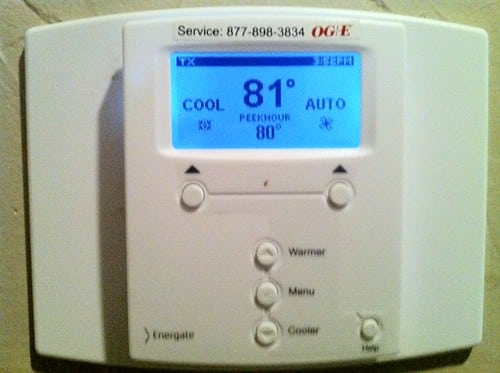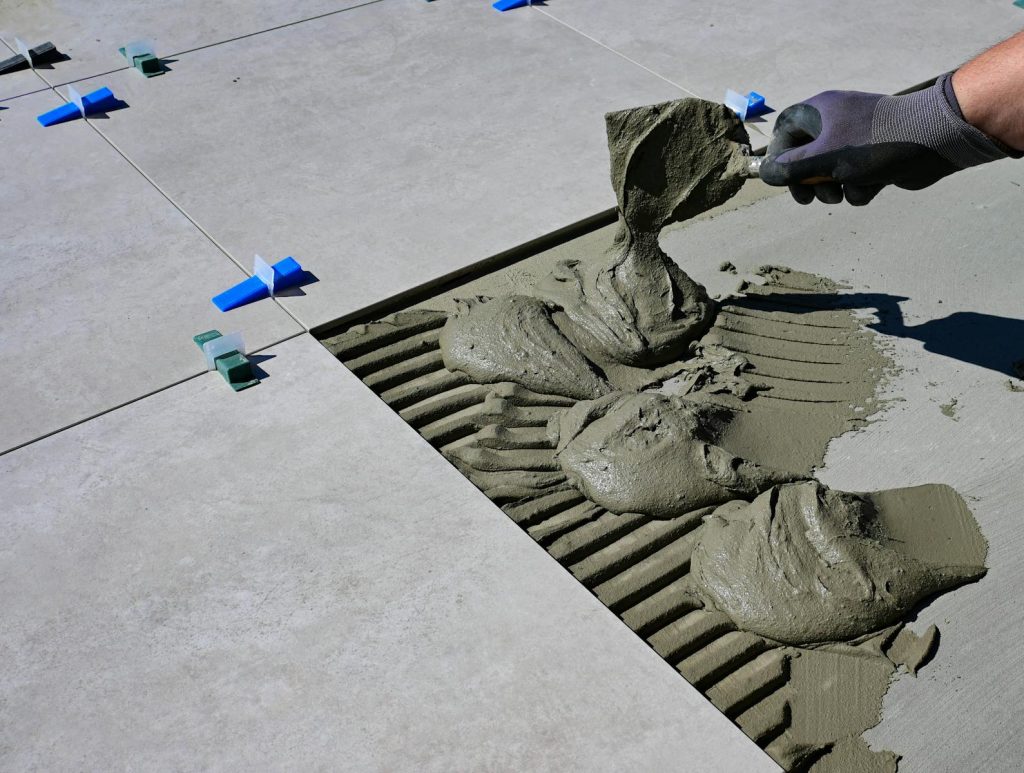A thermostat is a vital component of a vehicle’s cooling system, designed to regulate coolant temperature and ensure optimal engine performance. By maintaining coolant temperatures between 80°C and 120°C (176°F–248°F), it allows engines to operate efficiently while preventing overheating. When coolant temperatures rise, the thermostat redirects fluid through the radiator to dissipate heat. It adjusts the flow of coolant to keep it within this ideal range, balancing engine warmth for performance and longevity.
Types of Automotive Thermostats
Thermostats are categorized into three types based on their design and control mechanisms:
- Bellows-Type (Wax Pellet) Thermostats
These feature a metal bellows filled with a volatile liquid. As the engine warms up, the liquid vaporizes, creating pressure that expands the bellows. This expansion opens a valve, allowing coolant to flow to the radiator. - Mechanical Thermostats (Housing-Integrated)
Instead of liquid, these use a wax-based compound sealed in a cartridge. When heated, the wax melts and expands, pushing a rod that mechanically opens the valve. They’re common in older vehicles. - Electronically Controlled Thermostats
Modern vehicles often use these advanced models. They combine a wax pellet mechanism with electronic sensors and actuators, enabling precise temperature control. The engine control unit (ECU) can adjust valve timing for improved efficiency.
How Does a Thermostat Work?
A thermostat comprises a housing, valve (butterfly or poppet style), and a temperature-sensitive element (wax pellet or bellows). Located at the engine’s coolant inlet or outlet, it remains closed during cold starts to help the engine reach operating temperature quickly. Once the threshold temperature is met (e.g., 80°C/176°F), the valve opens to circulate coolant through the radiator.
Testing a Thermostat
Thermostat failure can lead to overheating or poor engine performance. Here’s how to test it:
- Boil Test: Suspend the thermostat in a pot of water using a string (avoid contact with the pot’s base).
- Heat the water while monitoring the temperature with a thermometer.
- Observe Valve Movement: The valve should begin opening at the specified temperature (e.g., 80°C) and fully open within 6–10°C of that threshold. If it opens too early, sticks, or fails to open, replace it.
Common Thermostat Failures
Thermostats don’t have a fixed lifespan but can fail due to:
- Corrosion or Debris: Contaminated coolant causes jamming.
- Wax Pellet Degradation: Prolonged heat exposure can harden or crack the wax.
- Electrical Issues (in electronic models): Sensor or wiring faults.
Failure Symptoms:
- Overheating: A stuck-closed thermostat blocks coolant flow.
- Slow Warm-Up: A stuck-open thermostat circulates coolant prematurely, delaying engine warm-up.
- Temperature Gauge Fluctuations.
Failed thermostats often default to the open position for safety, causing persistent coolant flow and reduced efficiency.
When to Seek Professional Help
If you’re unsure about testing or replacing a thermostat, contact a certified mechanic.







